It’s Tim, with a little bit of animation history for y’all. Not that you’d be able to tell from the details dribbled out so far (estranged sisters, talking snowmen, reindeer acting like dogs), but the impending Disney film Frozen began its development as a dramatic musical adaptation of Hans Christian Andersen’s “The Snow Queen”, a story first published in 1845. By this point, Frozen has drifted far enough from Andersen’s fairy tale that it’s probably more of an honorary adaptation than anything else, but that’s not all that unusual for Disney animated features. In the meanwhile, anyone looking to get their fix with a more authentic, faithful version of the story can look to a lengthy tradition of Snow Queen animated films, stretching back more than half a century.
From Russia to London with Sigourney-Love after the jump...
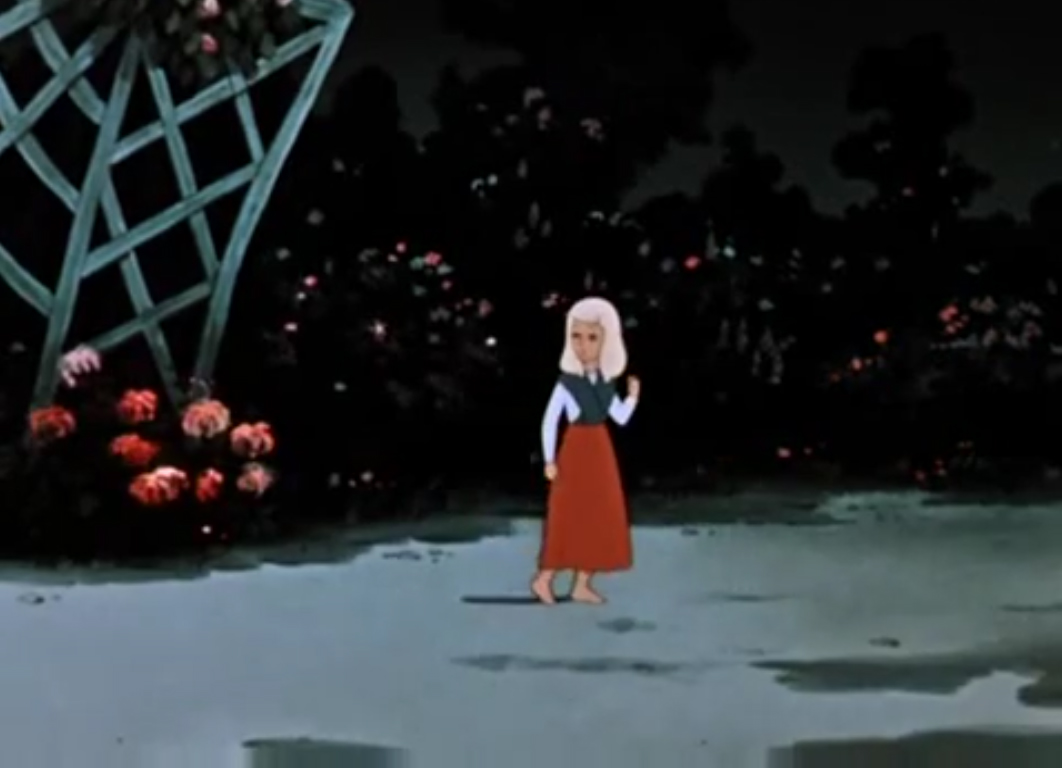
Possibly the most successful, and certainly the most eye-opening to an American viewer, is a 60-minute 1957 adaptation from the Soviet Union (perhaps oddly and perhaps not – it’s a cold part of the world – Soviet Snow Queens are far and away the most common). Thanks to the vagaries of international copyright, it’s the easiest thing in the world to watch it: there’s an excellent print in Russian with optional subtitles on YouTube, and a slightly cleaner, but also slightly softer print with an English dub here. I emphatically prefer the former, unless you're interested in the mad spectacle of hearing early-‘90s, child-edition Kirsten Dunst doing voiceover work for a mid-century Soviet cartoon.
An hour is a lot of time to commit just on the spur of the moment, but I hope you’ll hang onto that link and watch it some time, because it’s a fantastically weird thing. There was a tradition in Soviet animation of trying to create works that could compete with the big Western films on their own merits, which effectively a lot of Soviet artists applying their very particular worldview to the task of copying Disney. By no means does The Snow Queen look like a routine Disney knock-off, not least because its design mentality appears to be lagging behind about 25 years. But it’s also plainly foreign in a way that never resolves itself: the character design, which is weirdly expressive given how plain and smooth most of the faces look, is unabashedly derived from folk art, not from the decades-long tradition of American cartooning.
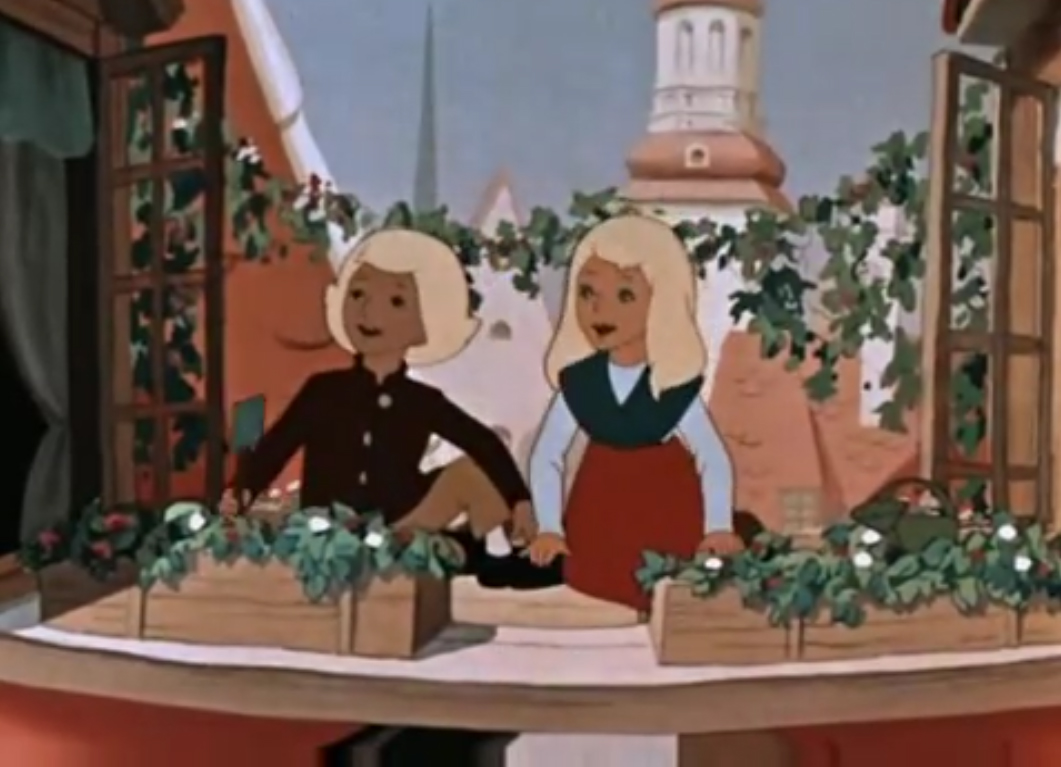
The marriage between this style and the extremely-fluid animation is very unlike anything in the Disney playbook, giving The Snow Queen an extremely unique feel, but it’s not only special because of its aesthetic. Being made in a culture that never abandoned its folklore the way Americans have largely done, it pays more fealty to the narrative sensibility of a fairy tale. There are inexplicable old witches with jeweled gardens, illiterate Finnish women reading messages carved onto fish, and talking ravens just wandering in like nothing. It’s crazy and dreamlike in a terribly interesting, though frequently dizzying way. And it all hangs together with a terrific villain in the form of the Snow Queen herself, a perfect bedtime story concoction of steady, deliberate movements and imperious, wicked beauty.
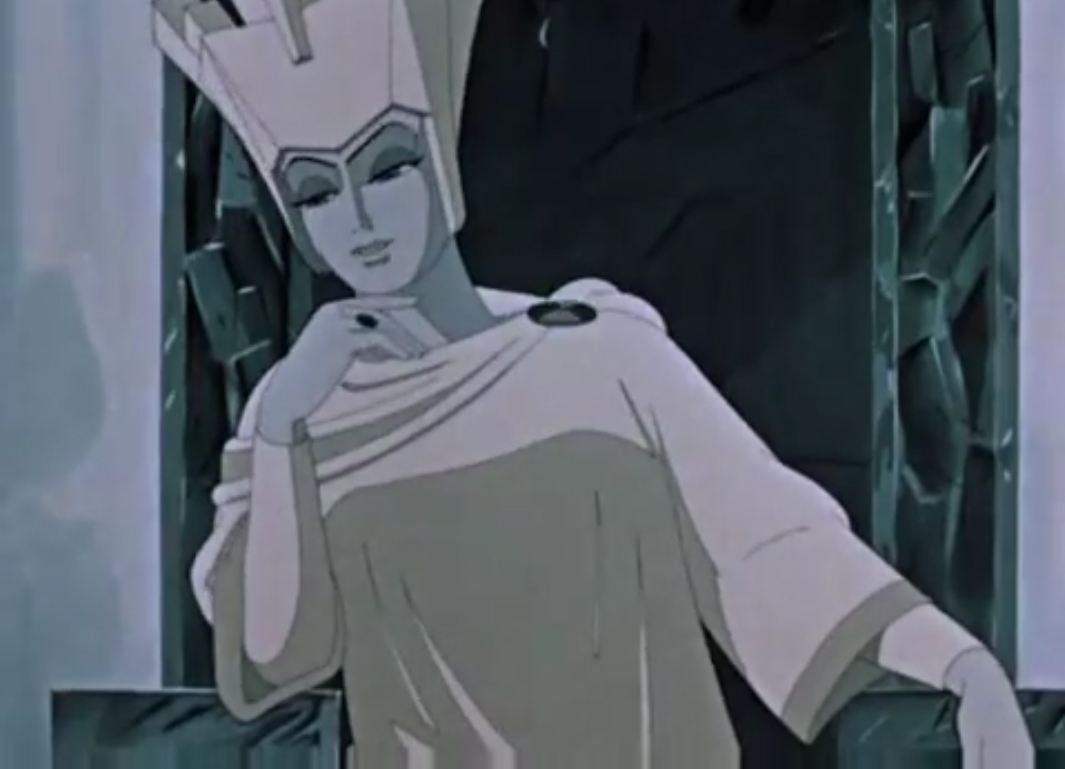
A little bit closer to home, the only feature-length English language Snow Queen I’ve found is a British version produced in 1991 and distributed in 1995. Like its Soviet counterpart, it’s a child’s-eye-view story, but that’s all that connects them: this is unbearably chintzy stuff, blandly colored and stiffly animated according to the aesthetic of a low-budget kids’ show from the late 1980s; here’s a sample to see what you’re not missing, and it’s available on disc from Netflix, if you’re interested in exposing yourself to the whole thing, for God knows what reason. One might ask why I’ve even bothered bringing it up, and it’s because the thing unexpectedly has sterling actressexual appeal: the Snow Queen was voiced by none other than Helen Mirren. She certainly gets the dictatorial haughtiness and icy qualities down, though it takes more than one slumming British superstar to turn such obvious kidvid junk into something worthy of anyone’s time.
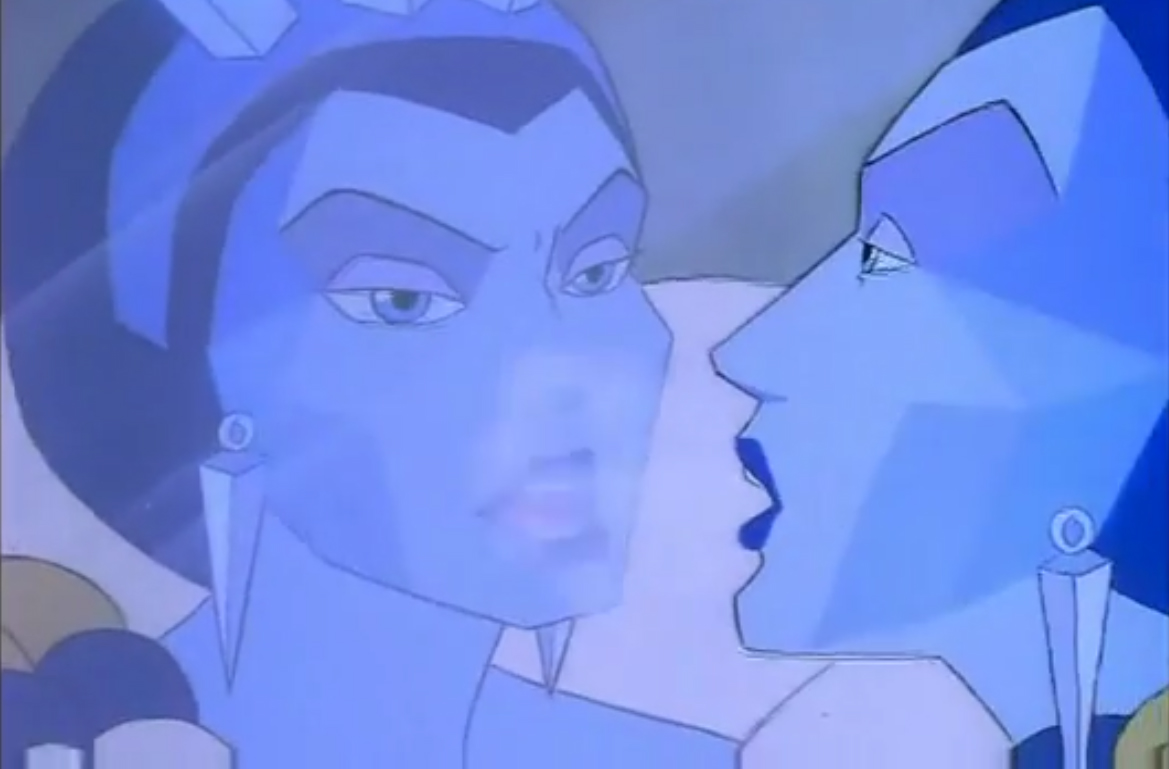
Your actressing needs are much better suited by another Russian version, this one a mere 25-minute slip of a thing from 1981, which was repackaged in 1992 for the American audience with narration by none other than Sigourney Weaver. This version, too, is available on YouTube, and it’s worth it if only for Weaver’s surprisingly warm and mothering storyteller’s voice, doing character voices and everything. If you’ve ever wanted to be her child – and who among us can say otherwise? – it’s an odd but totally rewarding experience even at the mere level of listening to the thing, if you can get beyond the hilarious dated electronic keyboard score.
Which is another way of saying, it’s perhaps more with the listen than the watch. Certainly, it’s not as punishingly generic-looking as the Mirren film, and I admire that the Soviet animation mentality was so okay with making its characters look a little grotesque. Squint hard enough, and you can just about see the folk art influence still.
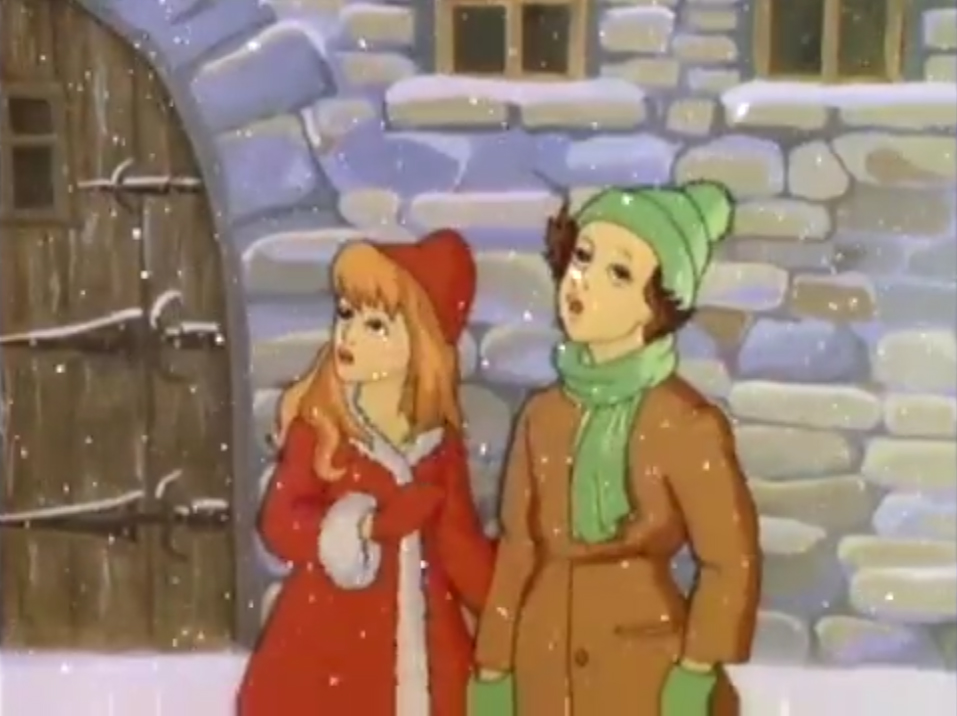
Still, a little grotesque and really damn grotesque are two different points entirely, and I’m not sure where this short ends up residing between them. The oversaturated earth tones make for an interesting counterpoint to all the wintry blues, and like the 1957 film, it comes from an aesthetic perspective rare enough to an English-speaking viewer that the sheer alienness of it ends up being compelling. Still, it wears thin even at less than half an hour, and I won’t tattle if you wanted to just put this on in a background window and let Sigweavie’s storytelling excellence wash over. Oh, Sigourney, you make everything so much better.